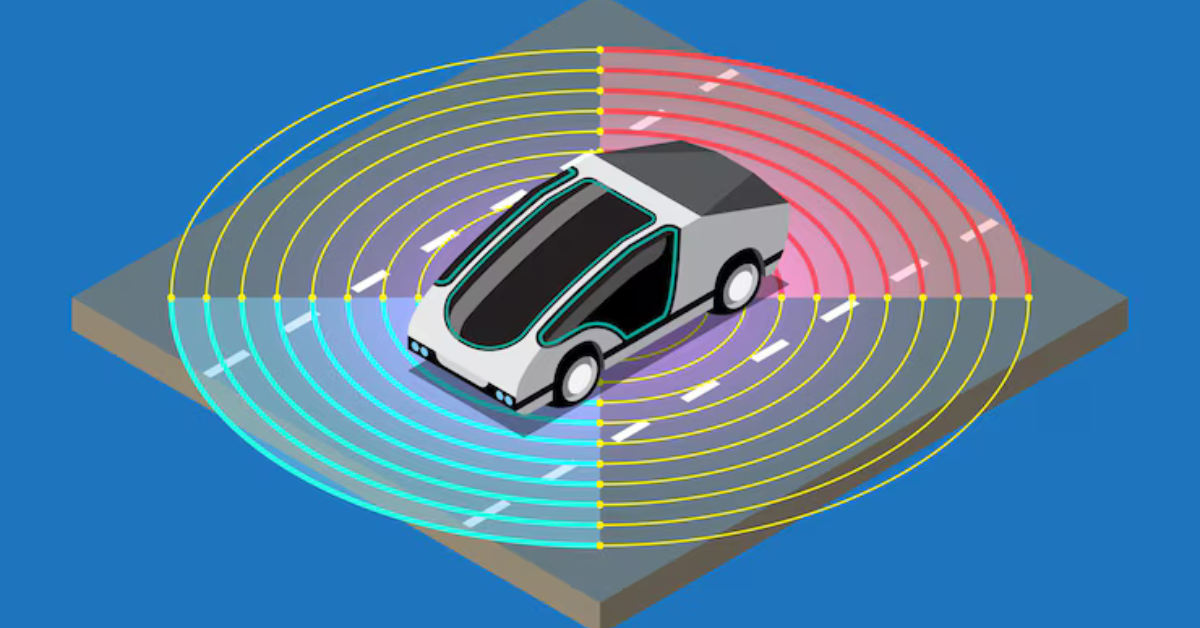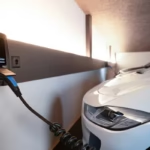Monitoring environmental noise has evolved far beyond manual readings and local storage. Today, platforms like NoiseCloud empower users to log, access, and manage noise data in real time from anywhere in the world. Whether you’re managing urban development projects, construction zones, or industrial compliance, NoiseCloud provides a centralized, automated, and highly configurable platform for professional noise monitoring.
This article explores what NoiseCloud is, how it works, who it’s designed for, and why it’s becoming an essential tool in environmental sound management. From technical integration to user-level access control, we’ll break down everything you need to know.
What is NoiseCloud?
NoiseCloud is a cloud-based platform designed to support modern noise monitoring through integration with sound level meters and noise loggers. Through a subscription model, administrators gain the ability to manage multiple users, jobs, and data sources via a web-based interface.
Each connected logger transmits data securely to the cloud using job-specific keys, ensuring that measurements are accurately paired with their designated monitoring projects.
The platform is developed for flexibility and scalability, making it suitable for both small-scale monitoring tasks and enterprise-level environmental noise programs.
Key Features of NoiseCloud
The true strength of NoiseCloud lies in its feature-rich environment that prioritizes security, control, and accessibility. Here’s an overview of the core functionalities:
1. Multi-User Management
Administrators can create and manage numerous user accounts with customized access levels. This is ideal for teams where responsibilities vary between viewing data, configuring jobs, or downloading reports.
2. Job and Job Key Configuration
Jobs are central units within NoiseCloud. Each job gets a unique key, allowing for easy pairing with logging devices. This ensures that each dataset is sent to its correct project folder without manual uploads.
3. Real-Time Cloud Logging
Once configured, sound level meters and loggers can upload measurement data directly to the cloud, eliminating the need for physical data retrieval.
4. Historical Data Access
Users can search and review historical data via the interactive interface. This makes trend analysis, compliance tracking, and reporting seamless and efficient.
5. Secure and Scalable
Data transfer is encrypted and stored securely. The platform is built to scale, making it suitable for everything from temporary construction noise monitoring to long-term city-wide projects.
Table: NoiseCloud Platform Overview
| Feature | Description |
| User Management | Multiple users with tiered access levels |
| Job Configuration | Assign job keys for accurate device-to-job pairing |
| Cloud Logging | Automatic upload of measurement data to cloud |
| Historical Data | Searchable, downloadable logs with visualization tools |
| Device Integration | Compatible with supported sound level meters and noise loggers |
| Access Interface | Web-based dashboard with real-time updates |
| Security | Encrypted data transmission and protected cloud storage |
| Use Case Flexibility | Suitable for urban, industrial, construction, and research applications |
How NoiseCloud Works
The process of setting up and using NoiseCloud is designed for clarity and speed. Here’s a step-by-step overview of how the system operates:
Step 1: Subscription Setup
Users begin with a NoiseCloud subscription that enables access to the admin dashboard. The subscription model provides scalability for both individual consultants and larger organizations.
Step 2: User & Job Configuration
Admins can set up users with different levels of access. Then, they create monitoring jobs and generate job keys that uniquely identify each logging task.
Step 3: Device Pairing
Sound level meters and noise loggers are paired with a job via the job key. This configuration ensures that all data captured by the device is automatically routed to the correct job in the cloud.
Step 4: Data Logging & Upload
Once deployed, devices record noise levels and automatically send data to NoiseCloud using wireless or cellular networks. No manual data retrieval is necessary.
Step 5: Data Access and Analysis
Users can log into the web interface to view real-time measurements, download data logs, and analyze long-term trends.
Benefits of Using NoiseCloud
1. Efficiency and Automation
Manual data retrieval and USB transfers are a thing of the past. With cloud-based logging, data is accessible the moment it’s collected.
2. Collaboration Across Teams
Different team members can be given tailored access to the data, improving collaboration while maintaining data integrity.
3. High-Level Customization
Job creation, data routing, and user access are all highly customizable, supporting projects of various scales and types.
4. Environmental Compliance
Organizations that need to monitor noise for regulatory compliance benefit from centralized reporting, easy audits, and digital record-keeping.
5. Data Security and Reliability
By using encrypted transmission protocols and secure cloud storage, NoiseCloud minimizes the risk of data loss or tampering.
Use Cases for NoiseCloud
NoiseCloud is not limited to one sector. Here are some of the industries and applications where it excels:
- Construction Projects: Monitor real-time noise at building sites to comply with regulations.
- Urban Planning: Collect data across cities to develop noise mitigation strategies.
- Industrial Facilities: Monitor environmental noise levels to ensure safe working conditions.
- Environmental Research: Gather long-term soundscape data for ecological studies.
- Transportation Projects: Measure the impact of road or rail traffic in noise-sensitive zones.
Comparison with Traditional Noise Monitoring
| Feature | Traditional Monitoring | NoiseCloud System |
| Data Access | Manual retrieval | Real-time cloud access |
| User Collaboration | Limited | Multi-user with role customization |
| Data Storage | Local memory cards | Secure cloud storage |
| Reporting Tools | Manual spreadsheet entry | Integrated visualization & export |
| Device Configuration | Local only | Remote via web interface |
Integrating NoiseCloud with Sound Level Meters
NoiseCloud is designed to work with a range of supported sound level meters and loggers. These devices often come with built-in connectivity modules (Wi-Fi, LTE, or Bluetooth), enabling them to transmit data directly to the cloud.
Before deployment, the admin generates a job key from the NoiseCloud dashboard and configures the meter accordingly. Once the meter is active, data begins to flow into the system seamlessly.
Devices typically supported include:
- Class 1 & Class 2 sound level meters
- Outdoor and indoor noise loggers
- Real-time frequency analyzers
Security and Compliance
Noise monitoring often involves sensitive environments—schools, hospitals, public infrastructure—so data security is essential. NoiseCloud takes this seriously through:
- Encrypted Transmission: All communication between devices and cloud servers is secured.
- Role-Based Access: Only authorized users can access specific data or make configurations.
- Audit Trails: Logs are maintained for every change or access point for accountability.
- Data Backup: Redundant cloud systems ensure no data loss in case of hardware failure.
NoiseCloud and the Future of Environmental Monitoring
The world is moving toward smarter, data-driven solutions—and environmental monitoring is no exception. Platforms like NoiseCloud not only simplify the collection and analysis of sound data but also enable faster decision-making, regulatory compliance, and improved public health.
As urban areas continue to grow and noise becomes a more critical issue in policy and planning, having a reliable, cloud-based noise monitoring system is not just useful—it’s essential.
Conclusion
NoiseCloud is revolutionizing how we approach environmental noise management. Through its secure cloud architecture, flexible user control, and seamless integration with sound logging devices, it has positioned itself as an indispensable tool for modern noise monitoring.
Whether you are an environmental consultant, a construction manager, or a city planner, NoiseCloud offers a scalable and intelligent way to manage your sound data.
FAQ
Is NoiseCloud compatible with all sound meters?
No, it works only with supported sound level meters and loggers that can communicate with its cloud system. Always check compatibility before setup.
Can I monitor multiple locations at once?
Yes. You can create different jobs for various locations and assign job keys accordingly.
How secure is the data?
Very secure. All data transfers are encrypted, and users are granted role-based access to limit exposure.
What happens if my device loses connection?
Devices buffer data locally and transmit it once the connection is restored, ensuring no data loss.
Can I share data with external stakeholders?
Yes. Admins can grant limited-access user accounts or export data files for sharing.







